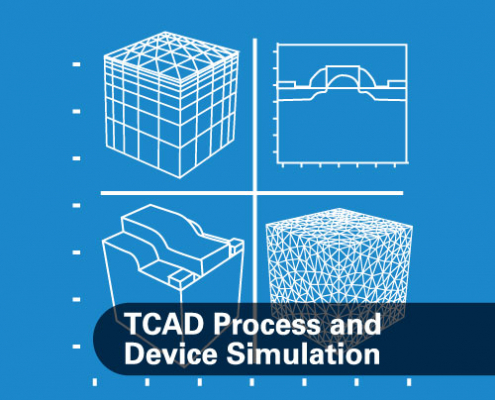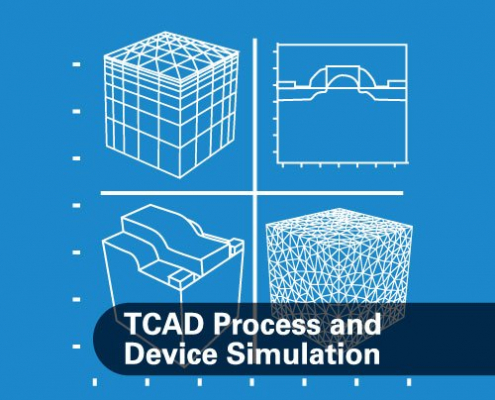
IRIS Switzerland Adopts Silvaco TCAD Software for the Development of Photodiodes for Autonomous Driving Applications
November 24, 2020

Silvaco at Upcoming Solid-State Conferences – ESSDERC 2020 and SISPAD 2020
Silvaco technologists and research partners will be participating in the ESSDERC/ESSCIRC 2020 joint conference for solid-state devices and circuits. Tutorial #8, Ab-initio simulations supporting new materials & process developments, chaired by Denis Rideau (STMicroelectronics) and Philippe Blaise (Silvaco), includes a presentation by Dr. Tillmann Kubis of Purdue University. Dr. Kubis is working with Silvaco in the area of atomistic simulation. He will present on Atomistic Green’s functions: the beauty of self-energies.

SemiQ Switches to Silvaco TCAD for Design of Power Devices
August 26, 2020

Resistive RAM Switching Analysis with Victory TCAD Solution
June 4, 2020 | 10:00 am – 10:30 am (PDT)
Conventional non-volatile memory technologies, such as Flash, are near their physical limits of scalability. This has created demand for new storage devices. The concept of resistive switching has attracted increasing industrial interest.

Optoelectronic Simulation of Solar Cells, Waveguides, and LEDs
April 23nd 2020 | 10:00 am – 11:00 am (PDT)
In this webinar, we will give an overview of Silvaco’s optical simulation capabilities in time domain, namely the Finite Difference Time Domain (FDTD) method. FDTD has seen a widespread use in TCAD thanks to its versatility in simulating arbitrary device structures and materials using a variety of source configurations. The recent surge in interest in this method has been driven by advances in lighting, display, optical sensor, as well as photonics integrated circuits applications.

Trixell Adopts Silvaco TCAD-based Parasitic Extraction Solution for Development of New Display Technology
April 2, 2020

Accelerating Design with the Victory TCAD Suite
The Simulation Standard, Silvaco’s technical journal for semiconductor process and device engineers is beginning its 30th year of publication. The latest issue has just been released and it outlines a complete power device design flow using the Victory suite of TCAD simulation solutions – Victory Process, Victory Mesh, and Victory Device.

Reducing Organic LED Fabrication Time and Cost via Multi-Scale Flow Simulation
April 2nd 2020 | 10:00 am – 11:00 am (PDT)
Drift diffusion simulations are widely applied to study multilayer organic LED devices, whereas microscopic methods are often restricted to the computation of single molecule properties that cannot directly be translated to the device scale. In this webinar, we present an automated interface flow from microscopic to TCAD simulation, in order to bridge this gap and enable device designers to analyze the impact of microscopic molecular properties on device performance.

TCAD Simulations of RF-SOI Switches with Trap-Rich Substrate
The market for cellular components has been shifting rapidly from GaAs pHEMT or silicon-on-sapphire (SOS) to silicon-based technology. CMOS (silicon-on-insulator) SOI antenna switches which are compatible with multimode GSM/EDGE, TD/WCDMA, and LTE systems exhibit higher integration levels and have become the fastest growing mobile phone submarket. CMOS-SOI processes, especially with thin silicon, have the potential to rival the FoM that was traditionally feasible only with GaAs technologies.
